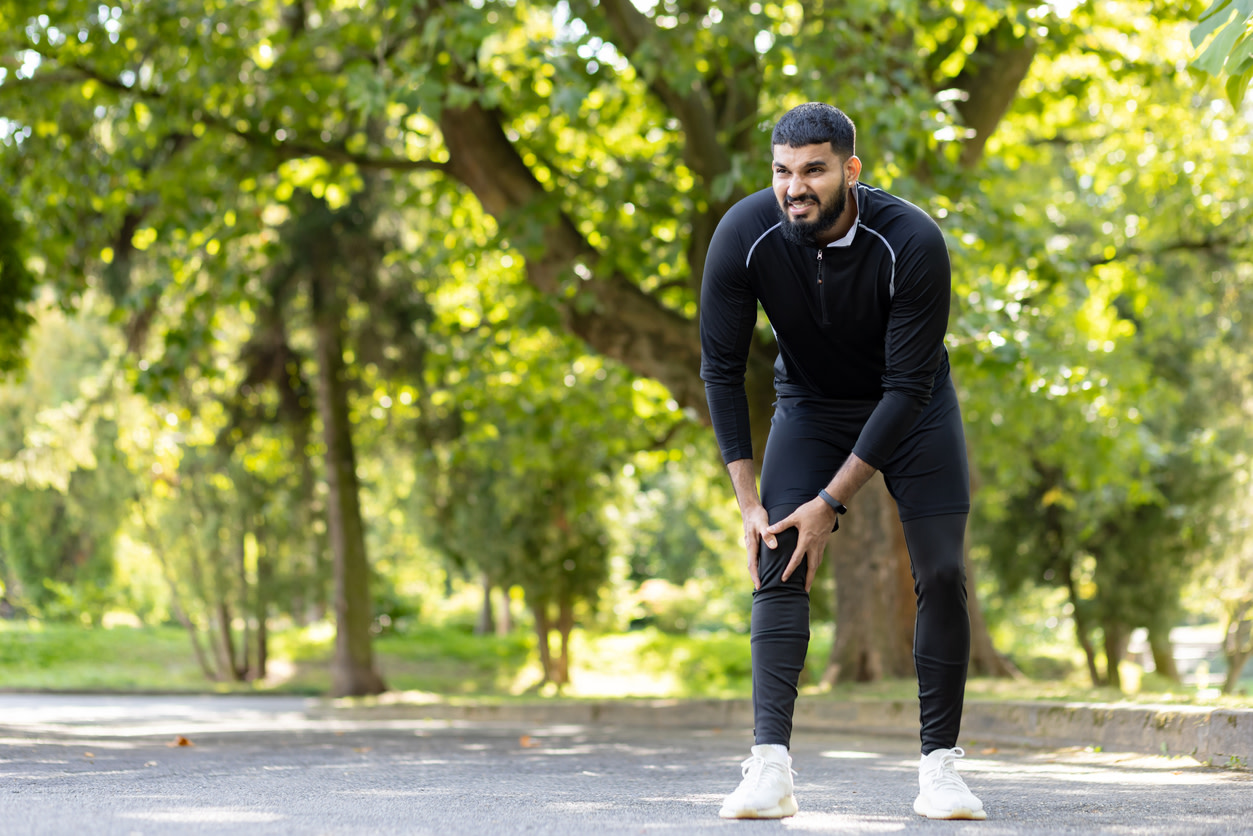Knee Locking: Why It Happens and How to Treat It
Learn about the common causes of knee locking and how you can treat it with at-home measures, including targeted exercises.
$0 cost to you
Published Date: Aug 22, 2024
Table of Contents
Fully covered knee pain relief
Find relief from knee pain, knee locking, stiff knees, & more.
Check if I'm eligibleExercises to Help Relieve Knee Locking
Want expert care? Check if you're covered for our free program →- Hamstring Curl
- Knee Extension
- Heel Slide
- Hamstring Stretch
- Mini Squat
